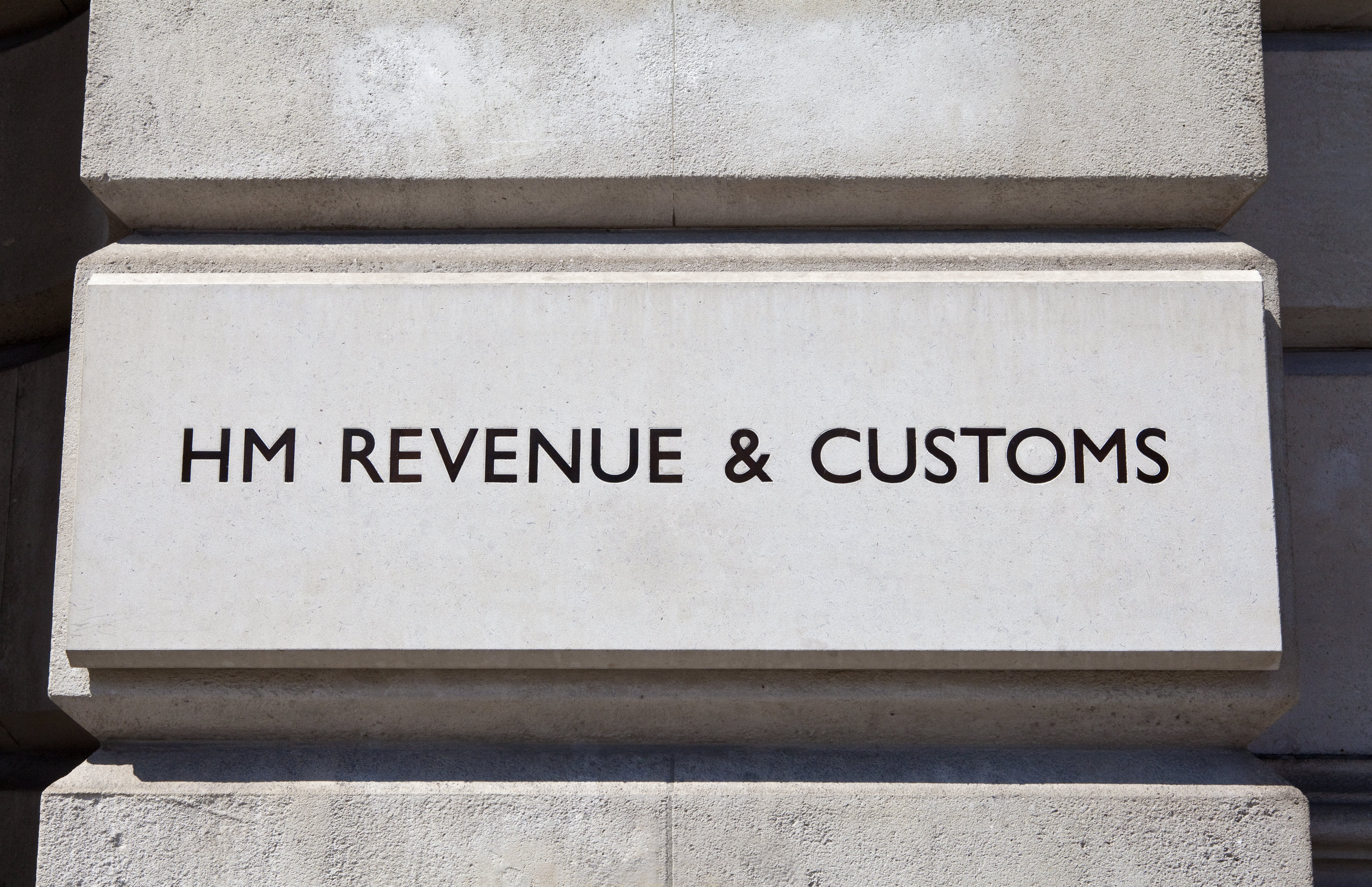What are the current capital gains tax rates in the UK?
Currently, just 2 different rates of capital gains tax (CGT) exist in the UK: 18% and 24%.
The rate of CGT that you may be subject to depends on the income tax band you fall into, as well as the type of asset on which your capital gain was made.
The capital gains tax rates in the UK are currently not scheduled to change, but the individual CGT rates you pay could differ if the rate of income tax you pay changes.
The UK CGT rates as of the 2024/25 tax year are as follows:
- 18% on total chargeable assets (and also 18% for residential property) if your overall annual income is £50,270 or below
- 24% on total chargeable assets (and 24% too for residential property) if your overall annual income is £50,271 or above
These rates are scheduled to remain for the 2025/26 tax year, but a further increase hasn't been ruled out.
|
Tax bracket |
Income range | CGT rate on assets | CGT rate on property | ||
| Basic rate | £12,571 to £50,270 | 18% | 18% | ||
| Higher rate | £50,721 to 125,139 | 24% | 24% | ||
| Additional rate | Over £125,140 | 24% | 24% |
For example: If you bought a second residential property for £200,000 and later sold it for £350,000, realising a gain of £150,000, this could attract a capital gains tax liability of £36,000 (if you are a higher or additional rate taxpayer, and your CGT allowance for the tax year has already been fully utilised).
If you are a basic rate income taxpayer, this same gain could result in a CGT liability of £27,000 (again, provided that your CGT threshold for the tax year has already been used fully).
Which assets can be subject to capital gains tax?
Capital gains tax can be due on any profit you realise from disposing of a chargeable asset.
Disposing of an asset can be defined as selling it, giving it away as a gift (to anyone other than your spouse or a charity), swapping it for something else, or receiving compensation for it (like an insurance payout if it has been lost or destroyed).
The following assets are classed as chargeable assets and could attract a CGT bill when disposed of:
- Property that is not your primary residence
- Your main property – only if it’s larger than 5,000 square metres (just over one acre), you have let it out, or used part of it exclusively for business purposes
- Individual possessions worth more than £6,000 (excluding your car)
- Business assets
- Cryptocurrency
- Investments that aren’t held in tax-efficient wrappers
The capital gains tax allowance: what is it?
When calculating your annual capital gains from disposing of chargeable assets, it’s important to account for the capital gains tax allowance (also known as the annual exempt amount, or AEA) – the amount you are permitted to earn per year from capital gains, free of tax.
You only need to pay capital gains tax if your overall gains for the tax year (after deducting any losses and applying any reliefs) are above the annual exempt amount.
- In the 2019/20 tax year, the AEA was £12,000
- This rose to £12,300 in the 2020/21 tax year, and remained at this level until 2022/23
- As of the 2023/24 tax year, the AEA is scheduled to fall to £6,000
- As of the 2024/25 tax year, the allowance is just half, at £3,000
For example: If you’re a higher rate income taxpayer and you sold investment shares (not held within any tax-efficient wrappers) worth £25,000 in the 2024/25 tax year – and hadn’t used up any of your CGT allowances before this sale – a CGT liability of £5,280 would arise (£25,000 - £3000 AEA equals a taxable gain of £22,000, taxed at 24% (the current higher-rate taxpayer capital gains tax rate).
To estimate your CGT bill, we have a capital gains tax calculator that will take care of allowances and current CGT rates based on your income.
So, with the capital gains tax-free allowance set to fall significantly within a short time frame, maximising tax efficiency could prove crucial to retaining as much wealth as possible, especially for high-net-worth individuals and experienced investors looking for ways to reduce, or even entirely avoid capital gains tax
Record capital gains tax collected in the UK in 2023/24
The UK’s CGT revenue reached £16.93 billion in the year to April 2024 – an increase of over 10% in just a single year. This is the first time that UK CGT receipts have exceeded £16 billion.
It has become abundantly clear over the years the direction capital gains taxation is heading in. Between capital gains tax rates rising and allowances freezing or being halfed, the amount of tax being paid after selling assets is increasing every year.
This emphasises the need for high-net-worth individuals and sophisticated investors, in particular, to organise their assets in a tax-efficient manner, enabling more of their wealth to be retained and eventually passed on to their beneficiaries.
These circumstances mean the potential benefits of tax-efficient investment vehicles such as the EIS and SEIS increase considerably.
%20(3)%20(2).jpg)










